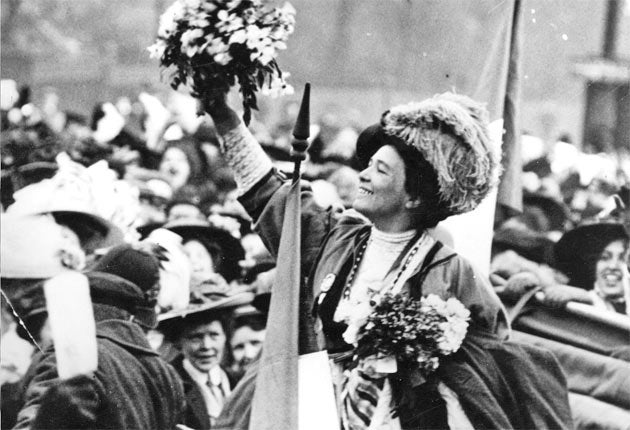Britain's long and painful journey towards a truly fair electoral system

The British love their traditions. That is why the No2AV campaign has used the argument that it is defending a voting system that has served us, so David Cameron claims, for "centuries". But the reality is that our voting system is not a timeless ritual sanctified by antiquity but something that has evolved. Here are some key dates:
1236 First known use of the word "parliament" to describe meetings with the nobles and senior clergy summoned by the king.
1265 Simon de Montford's Parliament, called in opposition to King Henry III, included representatives of counties, towns and cities. The commoners who attended were elected. The only people with a vote were men who owned land, and the vote was taken in public.
1603 King James I granted Oxford and Cambridge universities the right to elect two MPs each, using a form of AV. This practice continued for nearly 350 years.
1832 The "Great" Reform Act abolished some of the rotten boroughs where MPs were in effect appointed by local landowners.
1838 The People's Charter demanded that all men should have the vote, and the right to stand for Parliament.
1848 The Chartists presented a petition based on the People's Charter, with six million signatures. This was seen as a revolutionary threat to the rights of property owners.
1867 The Second Reform Act almost trebled the number of men qualified to vote.
1872 Secret ballots were introduced, making it very much harder to bribe or coerce voters.
1884 The Third Reform Act increased the size of the UK electorate to 5.5 million, or about 40 per cent of all adult men.
1897 The National Union of Women's Suffrage founded by Millicent Fawcett, to fight for women's votes.
1910 The National League for Opposing Women's Suffrage formed.
1918 Parliament passed the Representation of the People Act, giving the vote to all men over 21, and all women over 30 who owned property. The Commons voted narrowly not to introduce AV in place of first past the post and rejected proportional representation.
1928 Women granted the same voting rights as men.
1948 The Representation of the People Act created the voting system as we now know it, with the entire UK divided into geographic constituencies each electing one MP. Two-member seats, the 12 university seats and the business vote were abolished.
1950 In the first general election held under our current system, Labour received 46 per cent of the popular vote, and won an overall majority of six, or just over 50 per cent of Commons seats.
2005 Labour received 37 per cent of the popular vote in the election, and yet won an overall majority of 66, or 55 per cent of the seats. The Independent launched a campaign for electoral reform with a petition signed by tens of thousands of readers.
Subscribe to Independent Premium to bookmark this article
Want to bookmark your favourite articles and stories to read or reference later? Start your Independent Premium subscription today.

Join our commenting forum
Join thought-provoking conversations, follow other Independent readers and see their replies